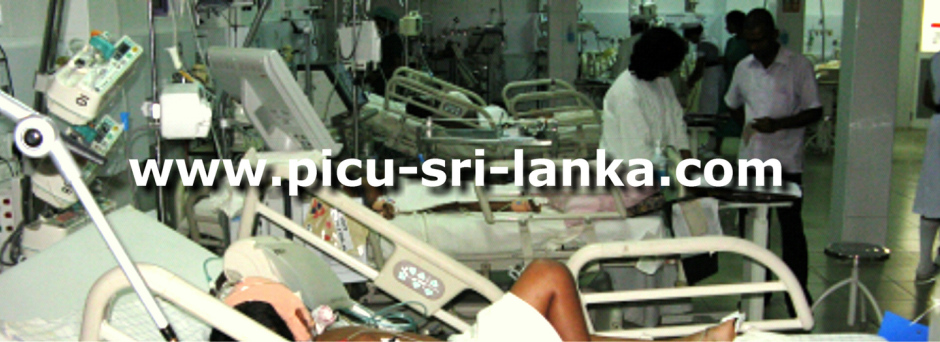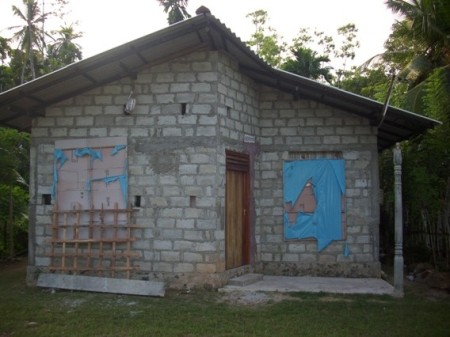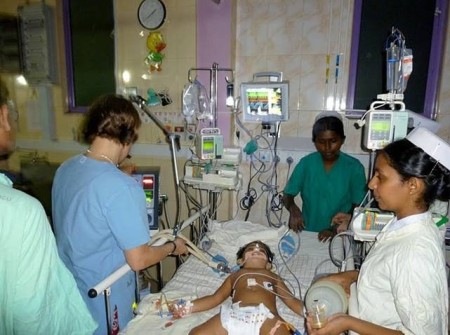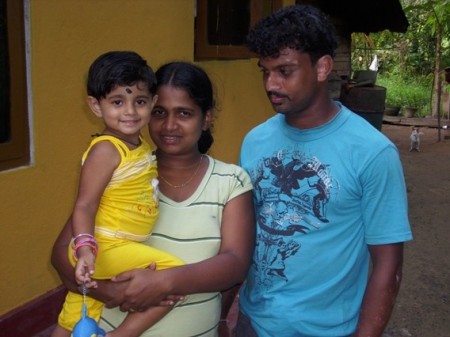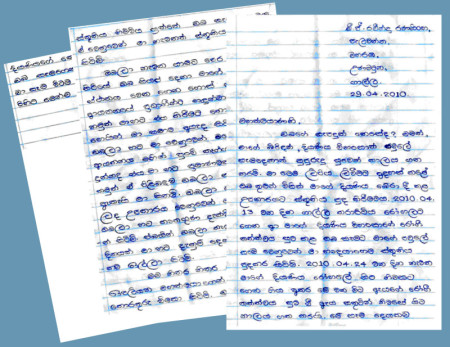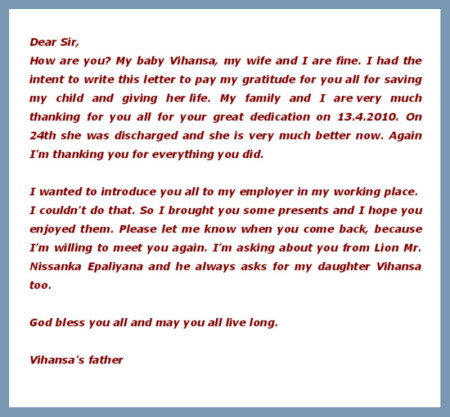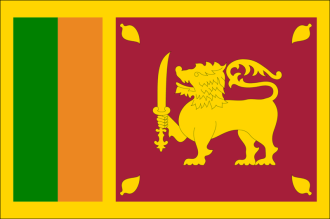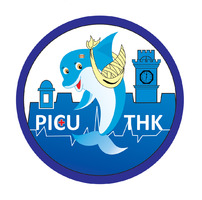How little Vihansa’s life was saved
On April 14, 2010, a little girl, around four years old, was admitted to Karapitiya’s PICU – unconscious. Her home village far away, her parents’ home a dreary hut. Vihansa – their only child; parents extremely worried. Little Vihansa’s overall condition deteriorated alarmingly: high fever, almost no vital motions.
Vihansa’s parents were told that there were German doctors on duty who work miracles. With neighbours assistance they took the girl to Galle.
The reception management – mostly still producing head aches – responded perfectly, what means, they telephoned the German doctors in nearby Lady’s Hill Hotel. By tuck-tuck (a typical local three wheel motorized rickshaw) which Nissanka made available for them round the clock for emergency cases they reached the hospital. New experience for PICU staff: If you call a doctor for emergency reasons, even at night time, he or she will come immediately.
Soon the diagnosis was clear: Septic shock combined with respiratory circulation breakdown. All intensive medical interventions started immediately according to the proven standards of MHH and which just had been taught in the morning to PICU staff as theoretical input.
It is said that in Sri Lanka 95% of little patients don’t survive septic shocks if they come in with those heavy blood poisoning, while in countries with long lasting intensive care tradition 95% will be saved. Treatment standards require the ongoing presence of a MD since one crisis follow the next one. The PICU staff experienced for the first time that it was not only theoretical teaching as in the morning sessions but now life treatment of how to manage such type of life threatening situation. In an email young doctor Chamika Uttawa wrote “After two days with one hour sleep they saved the child”
On one side this type of admiration – but on the other side what a positive feedback to training and learning success. PD Dr. Kathrin Seidemann described the situation in her trip-report:
“…the treatment together with the PICU staff, continuously over 24 to 72 hours – with us permanently available – made sure that their sensitivity grew regarding the dynamics of this clinical process and demonstrated the importance to anticipate the next crisis and to the risk management in reality. And she added: “These common days and nights were for sure the most efficient parts of training. And we had extreme pieces of luck to getting three very different types of intensive treatment with respect to therapy and process management during our stay. And having had the opportunity to work with the PICU staff on these cases we were able to demonstrate in an impressive manner how theoretical learnings could be transferred into practical outcomes. In particular for any survival management important basics became clear and visible through involvement, as firstly speed, secondly firm linked cooperation and communication and thirdly fast re-evaluation (assess – act – reassess).”
And Vihansa’s life was saved! Chamika Uttawa wrote in an email:
“I cannot explain the happiness the parents had in their smile. Now they are one sweet happy family. I just got some pictures of them three days back and I'm sending to you all on behalf of every one here in PICU. So I would be very happy if every one can see this email who involves from Germany to establish this programme, because it will give them pleasure to see that child.”
And there is another letter from Vihansa’s father which was partly translated by Chamika:
…back
